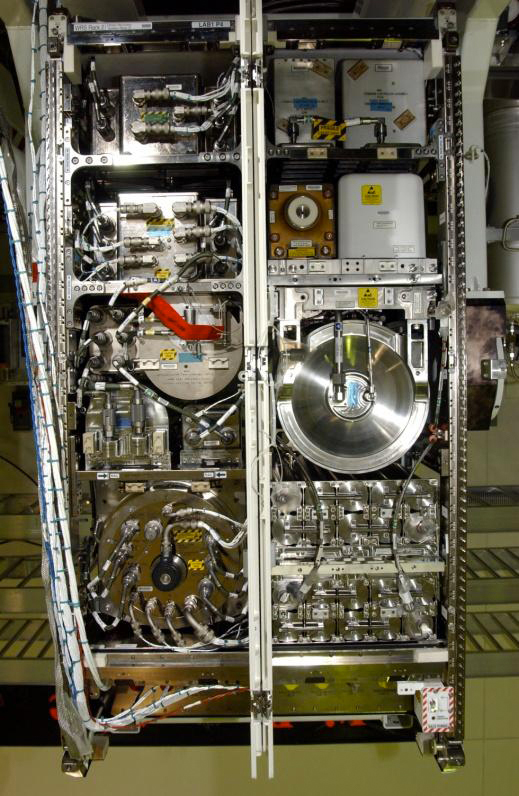Space technology delivers clean water in Morocco and Antarctica
09 May 2014
The International Space Station (ISS) is one of the driest places inhabited by humans. Until fairly recently, every drop of water had to be brought to the Station by supply ships. Today it contains equipment that recycles waste water and urine from astronauts into drinking water! This remarkable technology is now being used to treat water supplied to school students in Morocco.
ESA has been working for over 20 years to develop an efficient closed life-support system that can process waste and deliver fresh oxygen, as well as food and water, to astronauts. One advance has been the creation of extremely thin membranes – special filters with pores (holes) so small that they can block unwanted pollutants, such as nitrate.
In the rapidly growing Moroccan town of Sidi Taïbi, the groundwater is so rich in nitrates and fertiliser that it is unsuitable for people to drink. However, building on ESA's membrane technology, French and German companies have teamed up to create a water treatment unit for the local high school that is powered by clean energy - solar panels and wind.
The technology has already proved its worth at the other end of the world in Antarctica. Icebound Concordia research base uses a water filtration system to recycle waste water from showers, washing machines and dish washers. However, whereas only 16 people live at Concordia, the new water treatment facility in Morocco will supply 1200 students. Surplus energy and water generated during school holidays will be shared with locals. If the membrane technology works well in Sidi Taïbi, a much larger facility will be developed to deliver clean water to the rest of the town’s population.






